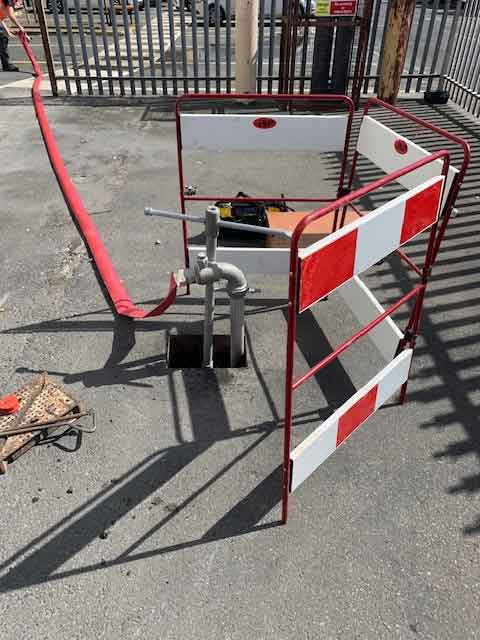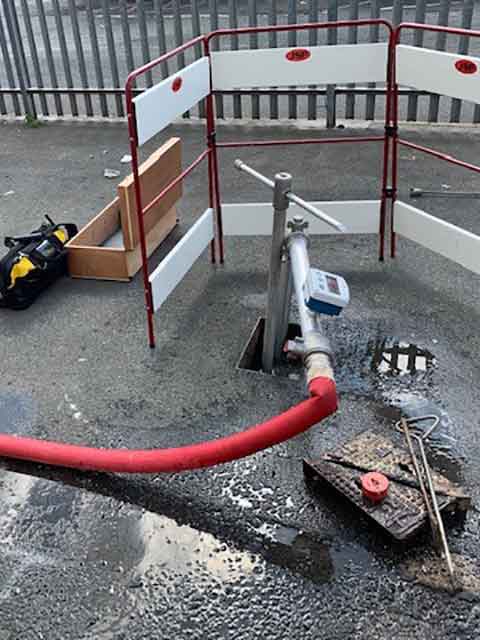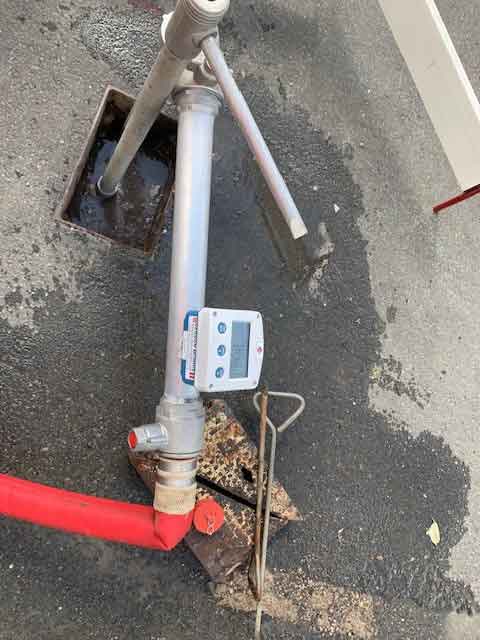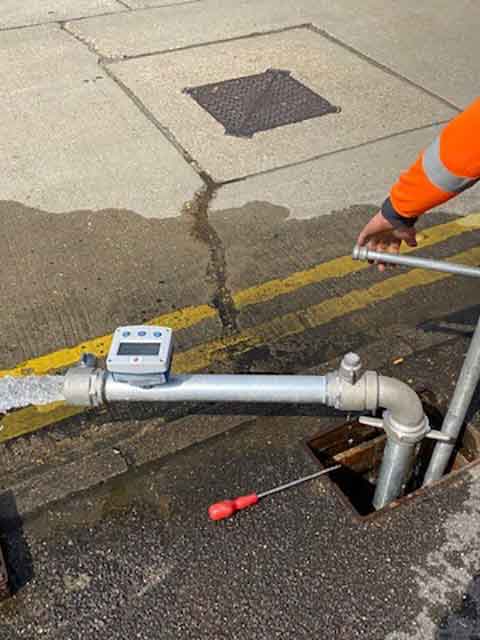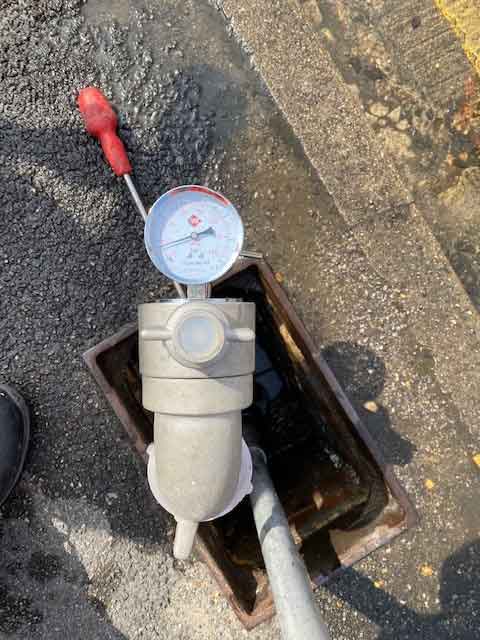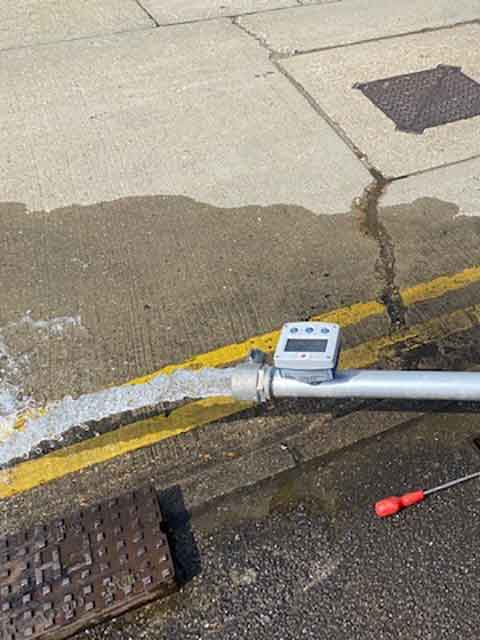Fire Hydrant Testing,
Maintenance & Repair
- Home
- Fire Hydrant Testing, Maintenance & Repair
UK Fire Hydrant Testing and Maintenance
What is a Fire Hydrant?
Why should you have a fire hydrant tested?
Why should you use specialists to carry out fire hydrant annual maintenance?
The RRFSO states in Part 2, Fire Safety Duties – Section 17 (Maintenance):
1. Where necessary, in order to safeguard the safety of relevant persons the responsible person must ensure that the premises and any facilities, equipment and devices provided in respect of the premises under this Order or, subject to paragraph (6), under any other enactment, including any enactment repealed or revoked by this Order, are subject to a suitable system of maintenance and are maintained in an efficient state, in efficient working order and in good repair. In the event of an incident, fire investigators will ask to see a Certificate of Conformity, which should only be issued if the required standards have been adhered to.
UI solutions Ltd ensures all works are completed in accordance with BS9990:2015 – the industry recognised British Standard.
Static pressure test
Flow test
Visual inspection
- Hydrant frame
- Cover
- Surface surrounding the hydrant
- Indicator plate
- Age
- Location
- Material
Fire hydrants
Fire Hydrant Maintenance
Annual Test and/or Inspection
Hydrants shall be subject to an annual test / inspection. The inspection includes:
Above ground inspection – the hydrant frame, and cover, and the surrounding surface is checked for damage. The hydrant marker post is checked to see if the information shown is correct and is clearly visible. Any overgrowth is cut back and post and lid and kerb may require re-painting.
Below ground inspection – this Involves checking the hydrant pit and the hydrant itself. It is checked for leakage, the pit itself may require clearing of silt or debris which may affect the delivery of water for fire fighting purposes. The hydrant is also ‘wet tested’ to ensure the hydrant is working properly. They may also be tested for water pressure and flow.
Markings


